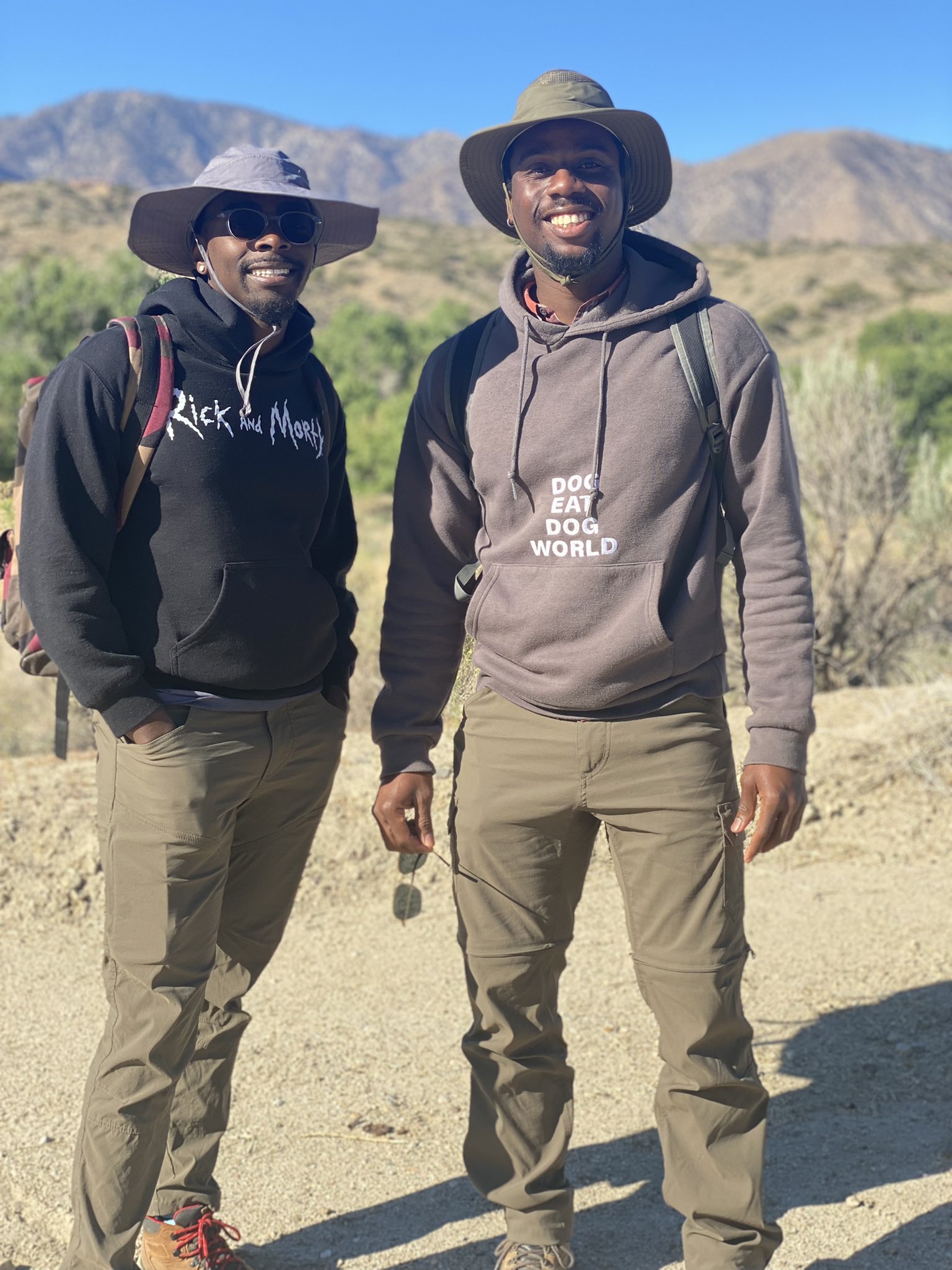Research Overview
We study tectonics, granular physics, planetary geophysics, and geoscience diversity.

We study tectonics, paleoseismicity, planetary geophysics, and earthquake-triggered hazards such as landslides, submarine slides, and tsunamis. We study these geologic processes and natural hazards by examining sediments and rocks deposited in or beneath oceans, lakes, rivers, and beaches. We examine sediments and rocks using seismic reflection and refraction profiles, which are tools that estimate the properties of the Earth’s subsurface from human-controlled sound waves. We also examine sediments and rocks using cores, aerial imagery, and x-rays. We combine data from these methods with numerical, experimental, and theoretical models to understand how sediments and rocks change or deform on macro- (kilometer-scale), meso- (between kilometer and microscale), and microscale after deposition. We then use established principles of geology to determine whether any observed post-depositional changes to sediments and rocks are related to tectonic forces, paleoclimatic changes, paleoseismicity, and/or past earthquake-triggered hazards. Our studies aid in the understanding of how and why the earth and other planets may respond to future hazards. Alongside this, we also use quantitative and qualitative survey tools as well as machine learning algorithms to study how the cultural contexts of people influence geoscience diversity.
Some questions that we are currently interested in answering include:
- How do pre-existing faults influence strain accommodation?
- How do sedimentation patterns influence strain localization and fault geometry?
- How do sediments near the rupture areas of faults deform during earthquakes?
- How does tectonism change granular sediments, and what are its consequences?
- How and why does the seismic velocity of fault zones change with time?
- How and why do sands within the upper 30 m of the subsurface change spatiotemporally?
- What physics governs how sands change within the upper 30 m of the subsurface?
- How do differences in cultural contexts of BIPOC and White-identifying individuals influence geoscience diversity?
Answering these questions may provide insights into how interactions between tectonics and granular sediment deformation promote or limit earthquakes and earthquake-triggered geohazards while improving geoscience diversity.
Learn more about our Tectonics, Granular Physics, and Geoscience Diversity research!
